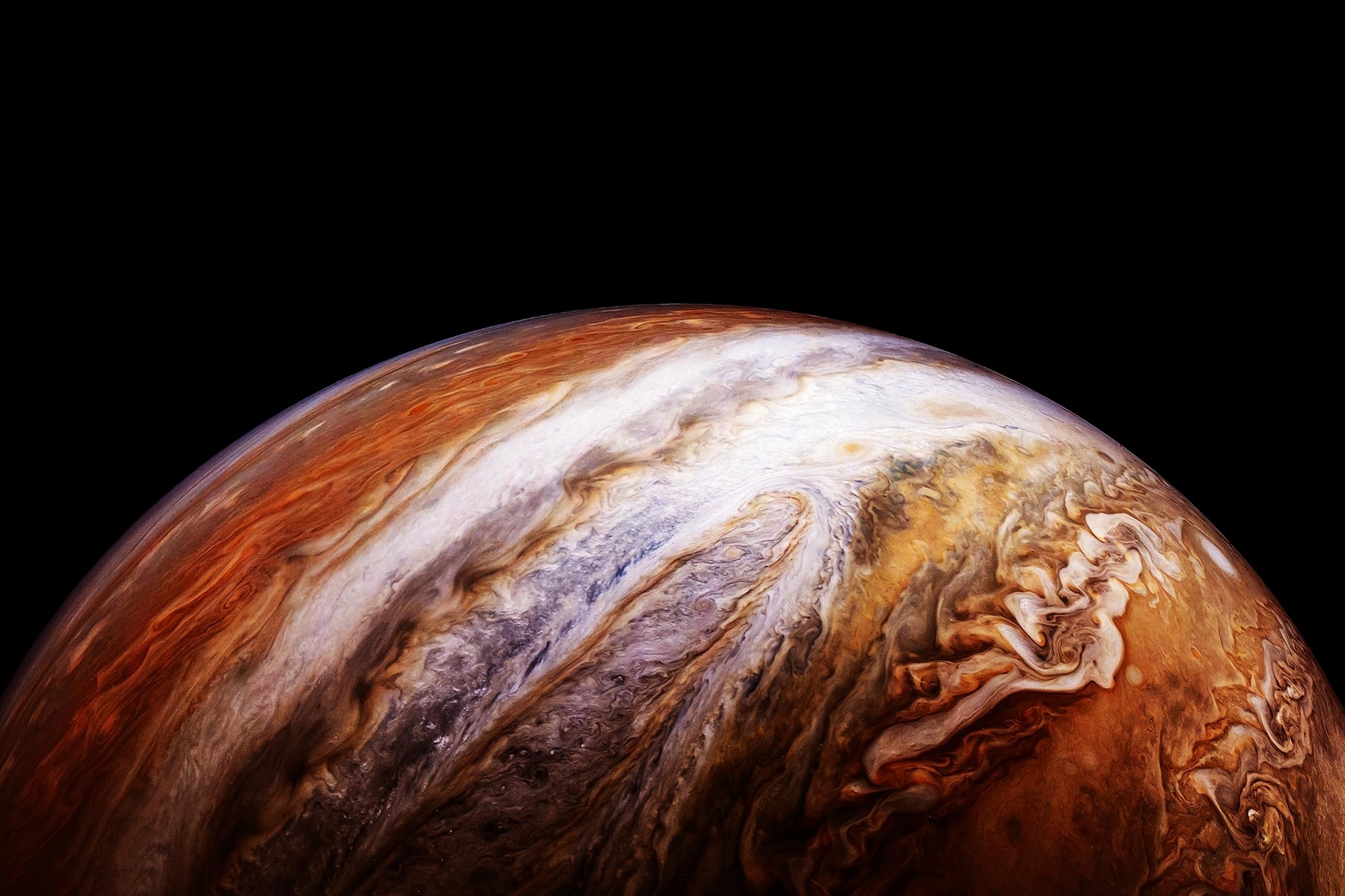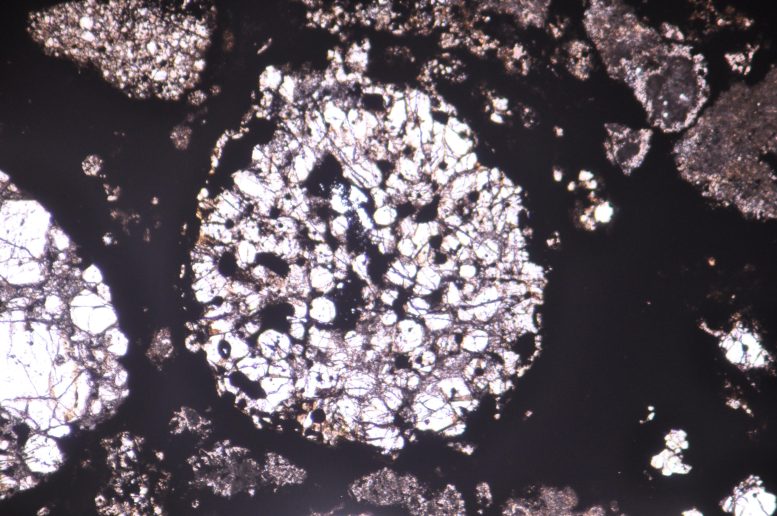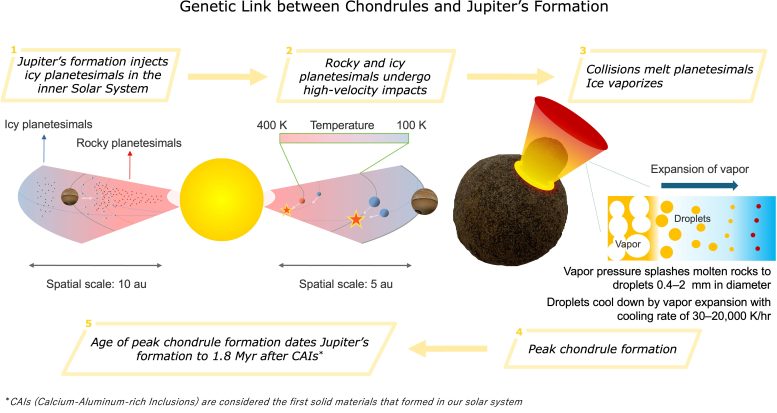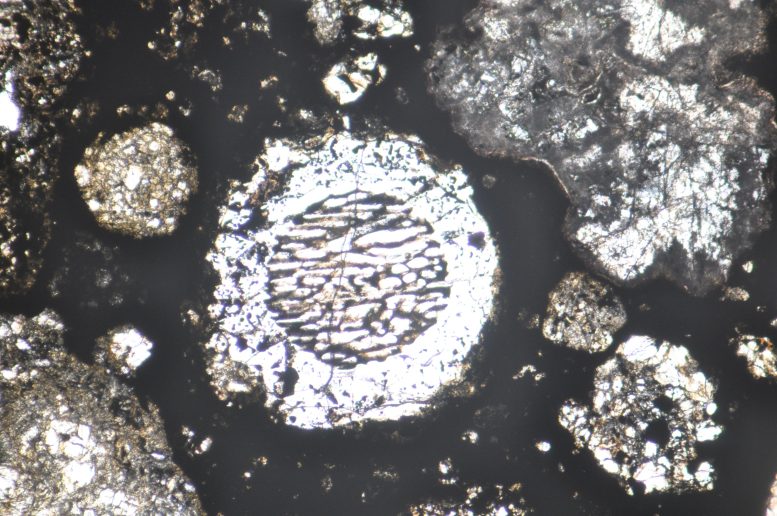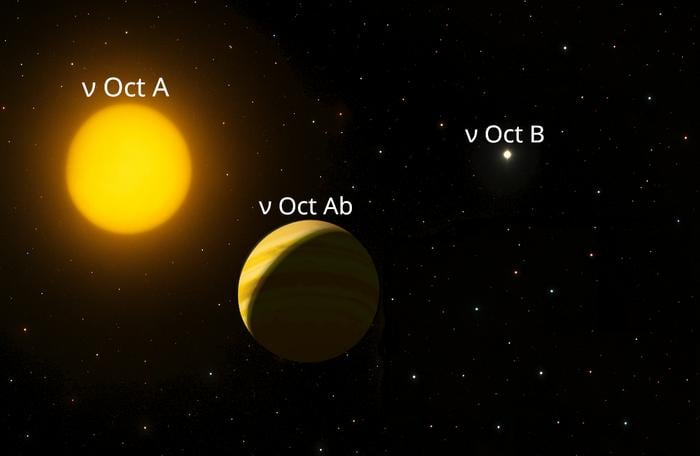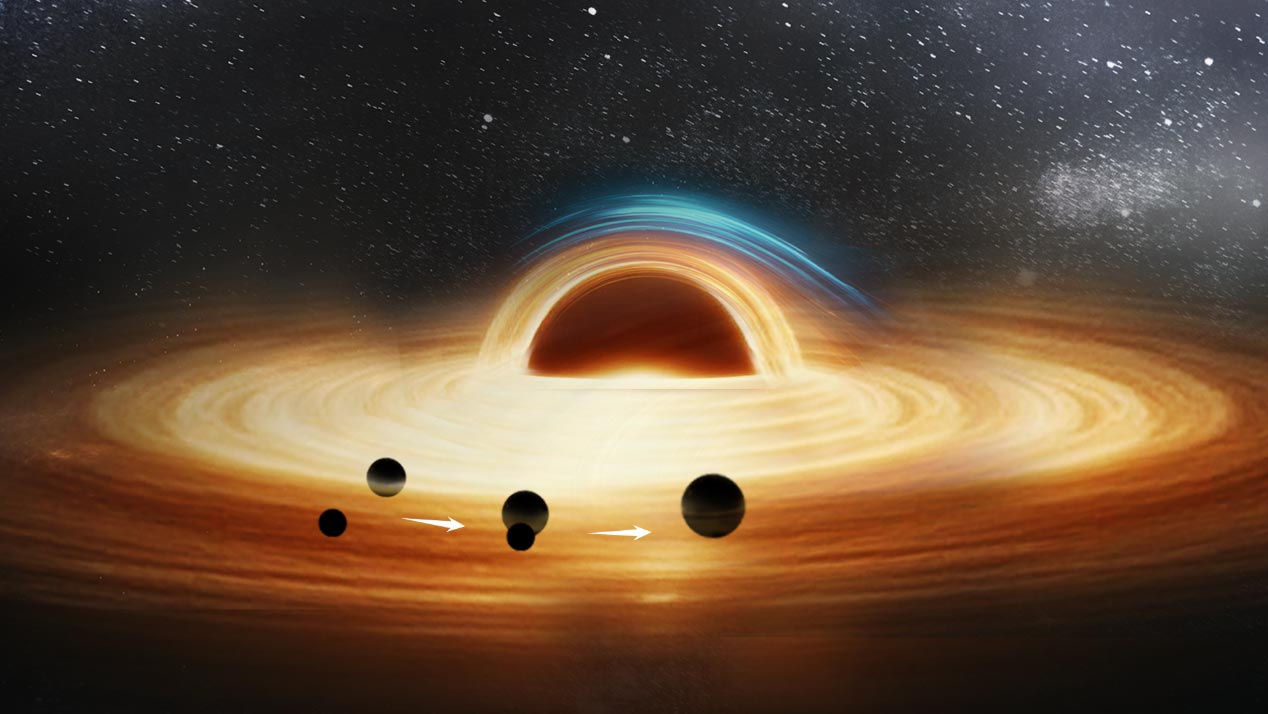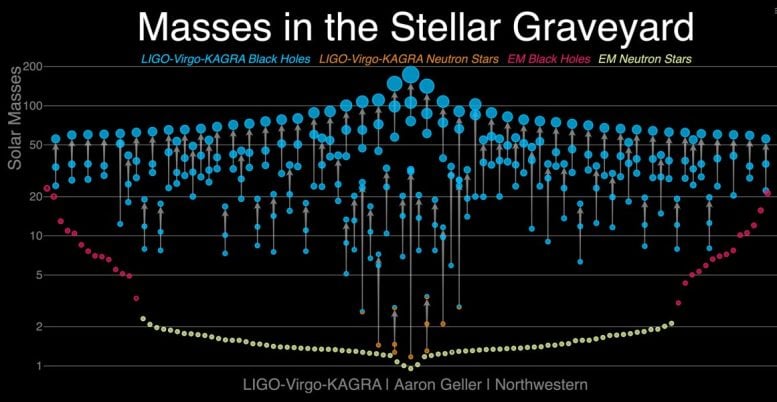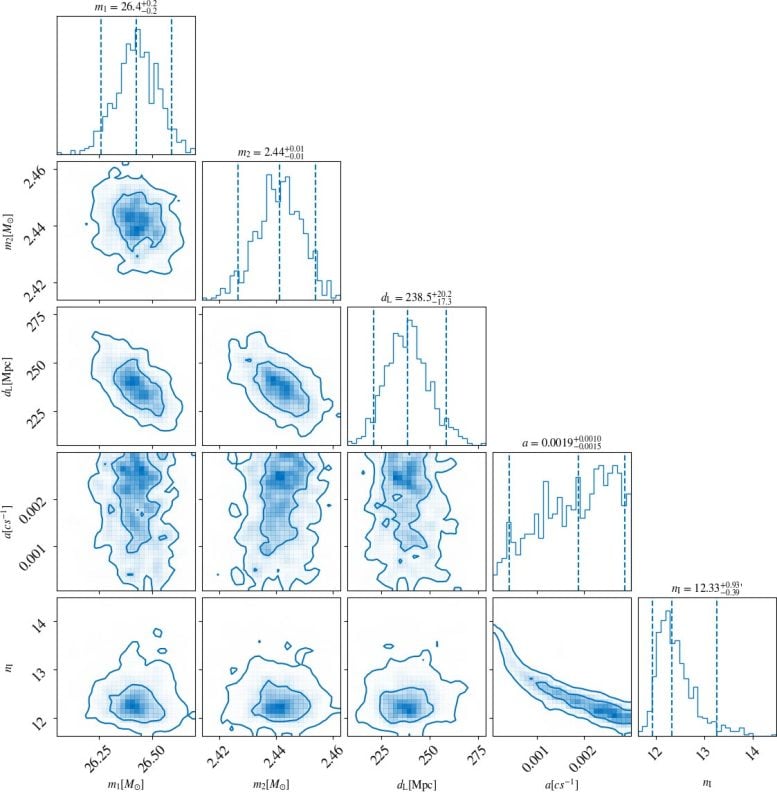New research shows that human activity is even more responsible for melting Arctic glaciers than previously thought.
What’s happening?
Yoon Jin-ho, an environmental engineering professor at South Korea’s Gwangju Institute of Science and Technology, has found that aerosol particles accelerate ice melt in the Arctic Ocean.
Maeil Business Newspaper reported on Yoon’s research, which studied the effects of these fine-dust particles on ice in the Chukchi Sea, which has seen the most rapid ice decrease in the Arctic.
Previously, aerosols — tiny particles suspended in the atmosphere — were thought to only have cooling effects, as they reflect sunlight. But Yoon found that Arctic ice melted more quickly when aerosols were combined with greenhouse gases.
Aerosols have this effect, Yoon said, because they increase high pressure, which brings stronger winds and warmer water to the Arctic.
“It shows that human activities can have a significant impact on the Arctic environment even in non-direct ways,” Yoon said. “The effects of aerosols should be reflected in future climate modeling and international environmental policy establishment.”
Why is this important?
As the study noted, aerosols aren’t the only contributing factor to Arctic ice melt.
Air pollution from greenhouse gases traps heat within our atmosphere, which is making our planet warmer. In fact, the 10 hottest years in recorded history have all occurred within the past decade, and experts don’t expect that trend to reverse anytime soon.
That warming has a devastating, cyclical effect on Arctic ice, which helps keep temperatures cool by reflecting sunlight. As temperatures increase, the ice melts, which plays a role in sea levels rising globally. So when warmer temperatures cause more ice to melt, that melting ice causes temperatures to get even warmer.
All of that plays a role in daily life far away from the Arctic. Studies have shown that, as more Arctic ice melts, weather patterns get disrupted thousands of miles away, raising the risk of extreme weather like heat waves and droughts.
What’s being done about this?
Yoon hopes his research will lead to the inclusion of aerosols’ effect on melting ice within scientific modeling, which will lead to more accurate projections about what the future of weather will look like.
Even though the Arctic may be thousands of miles away, there are still actions you can take at home to help. Seemingly small actions, such as walking more often or using less plastic each day, decrease your reliance on fossil fuels and the amount of pollution we create. And the more people that take these actions, the more of a difference it will make in our planet’s future.
Join our free newsletter for good news and useful tips, and don’t miss this cool list of easy ways to help yourself while helping the planet.
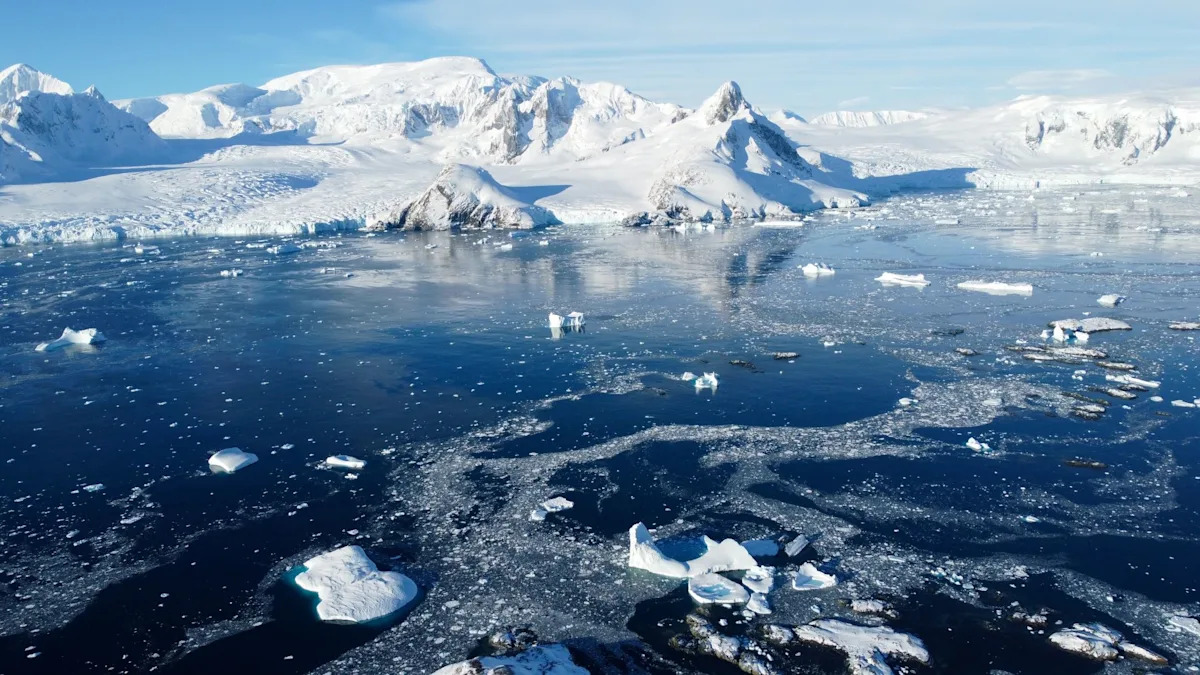
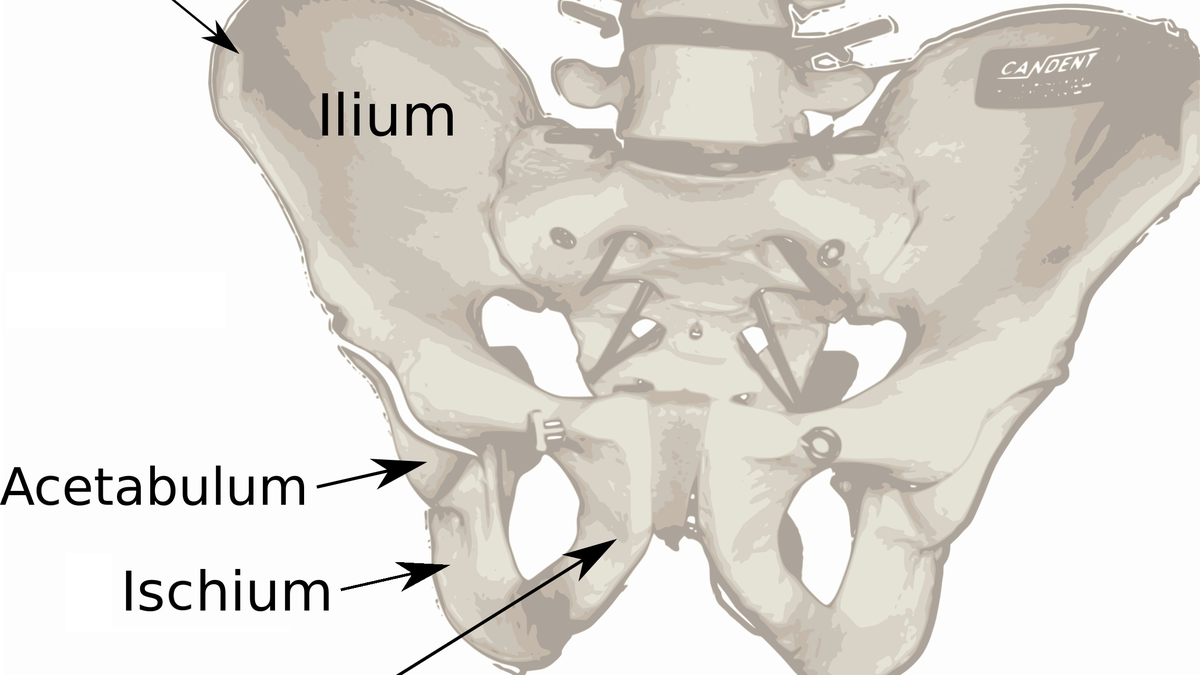
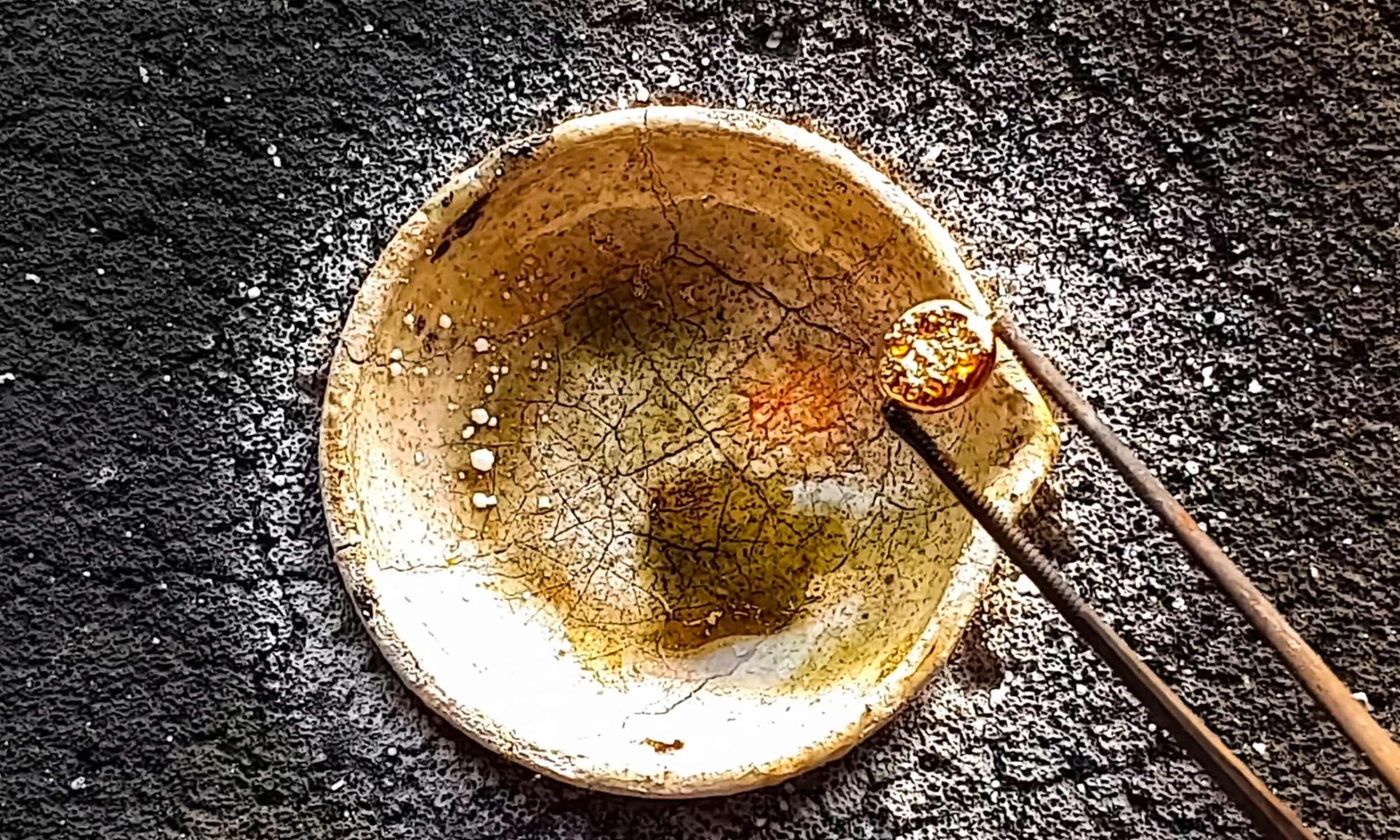
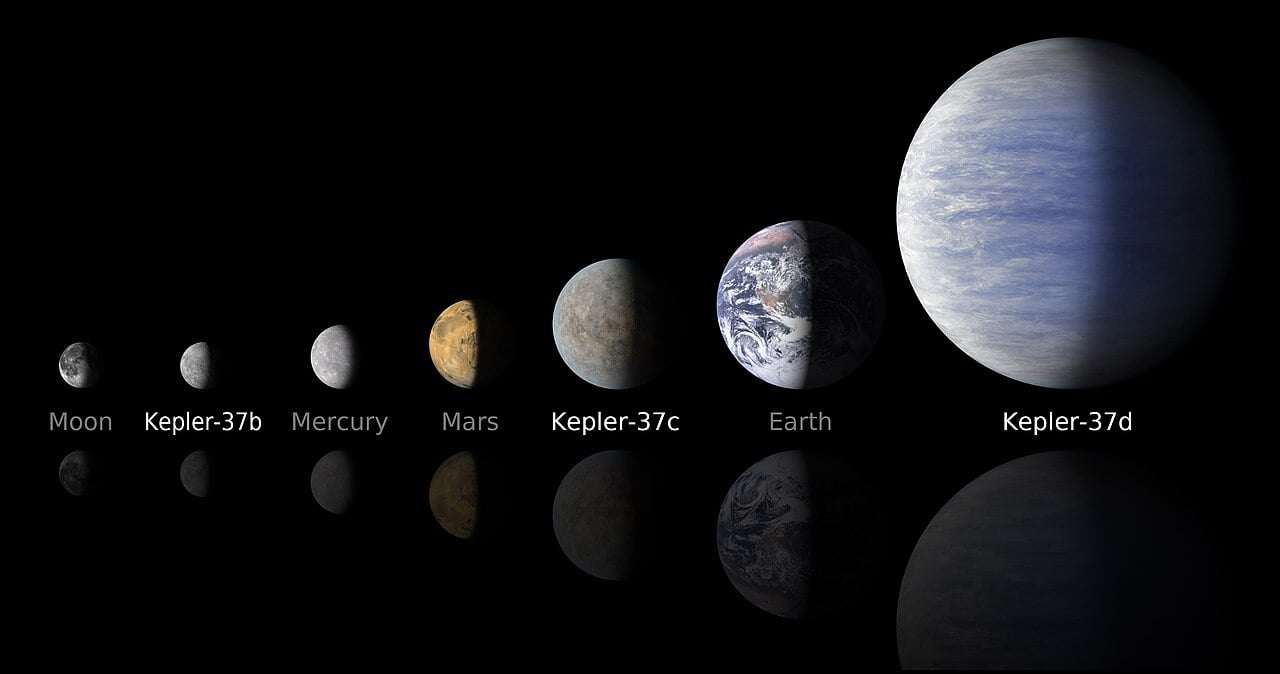
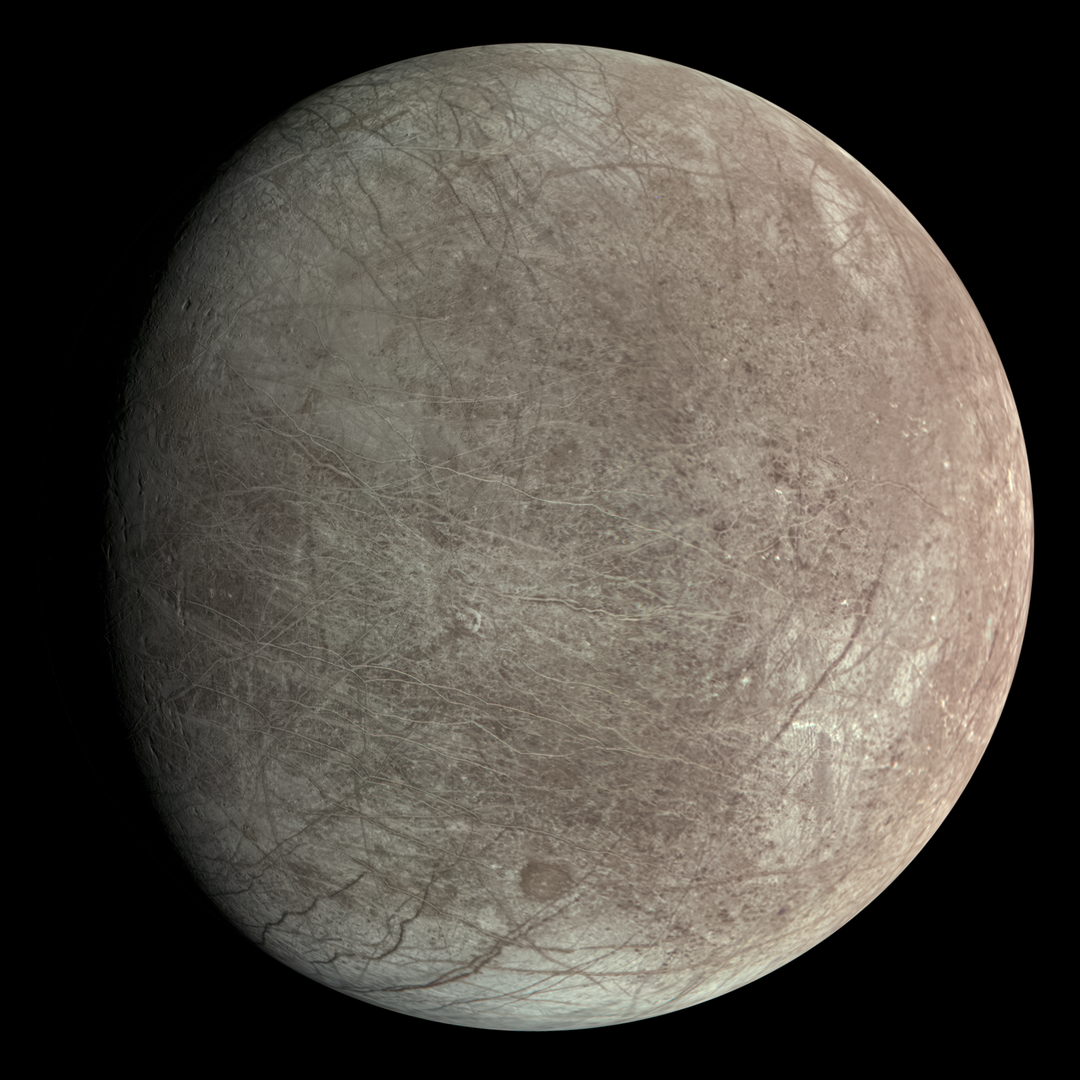 This is Europa in true colour, cropped from Juno’s flyby of Europa (Credit : NASA/JPL-Caltech/SwRI/MSSS/Kevin M. Gill)
This is Europa in true colour, cropped from Juno’s flyby of Europa (Credit : NASA/JPL-Caltech/SwRI/MSSS/Kevin M. Gill)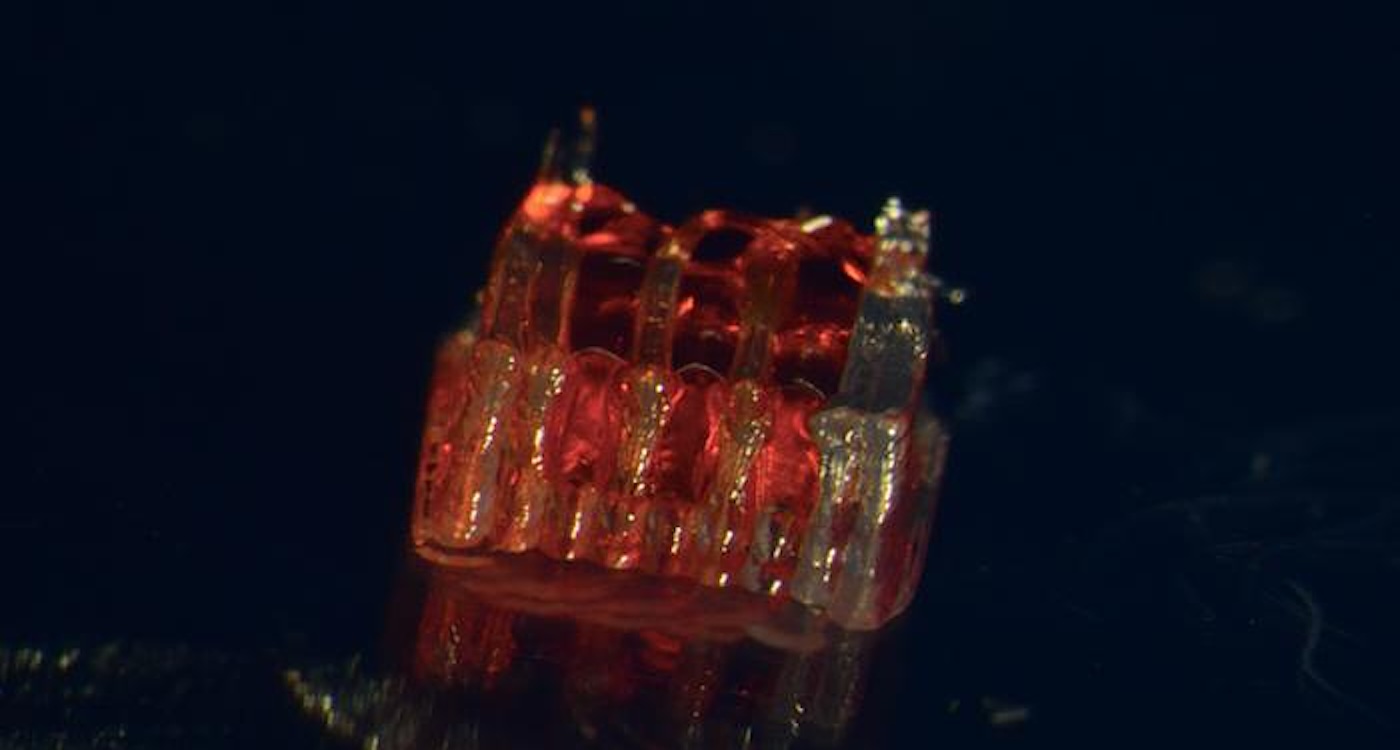
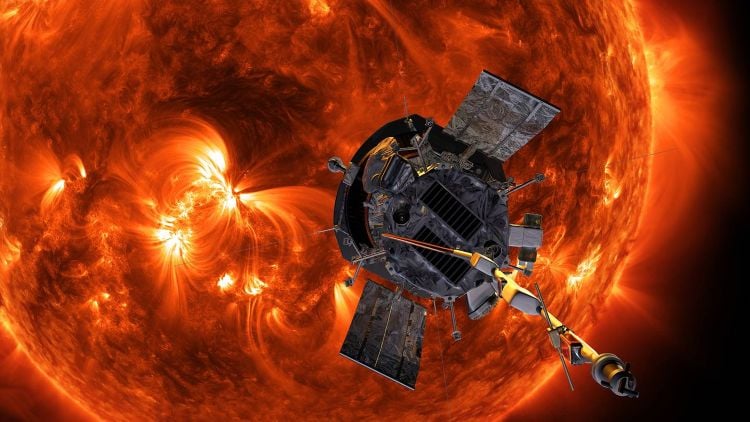
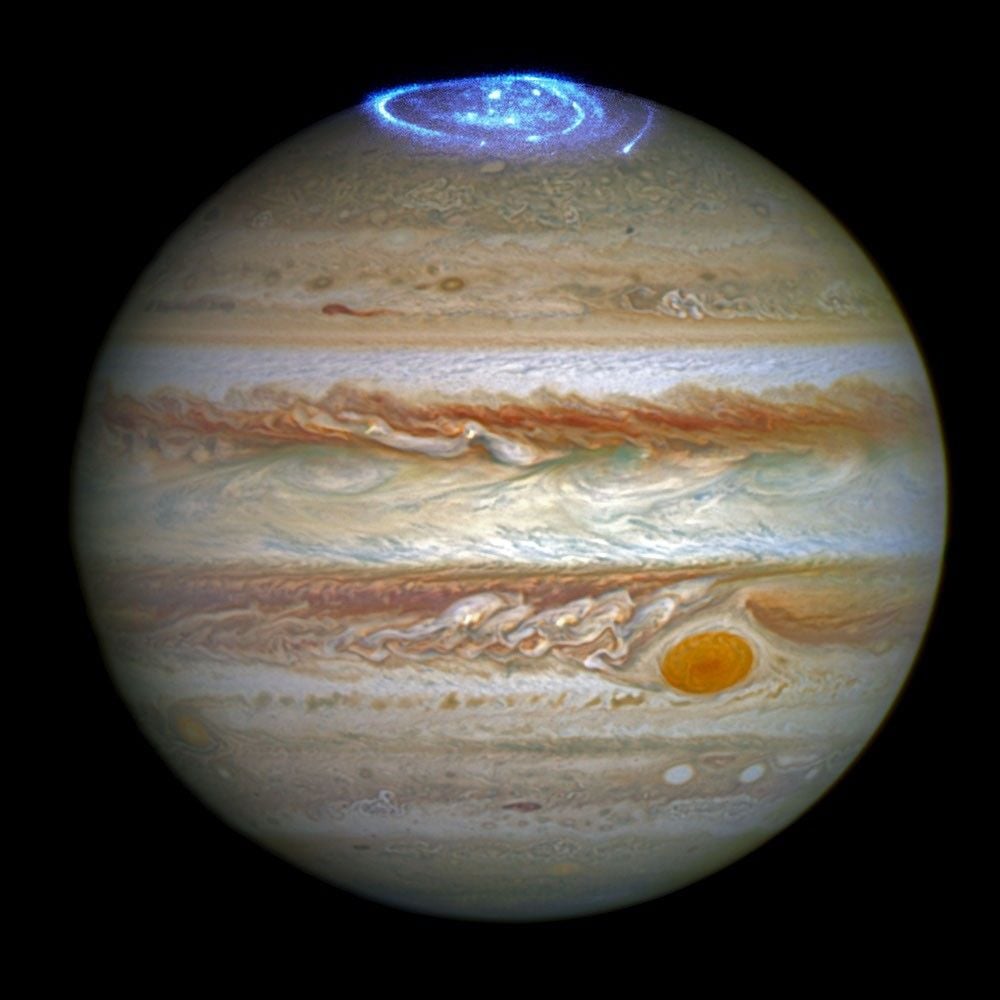
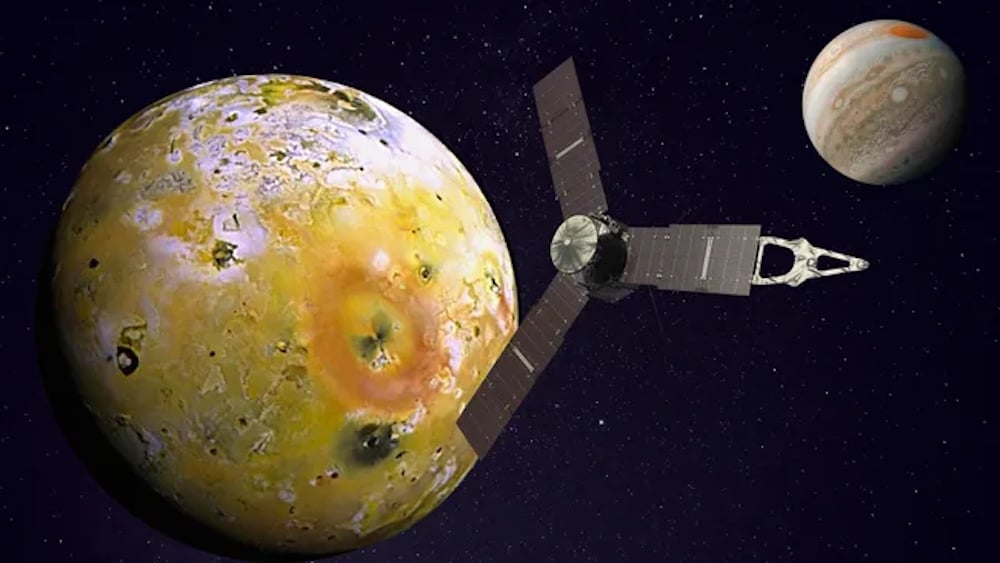 An illustration shows NASA’s Juno spacecraft near Io with its parent planet Jupiter in the background (Credit : NASA)
An illustration shows NASA’s Juno spacecraft near Io with its parent planet Jupiter in the background (Credit : NASA)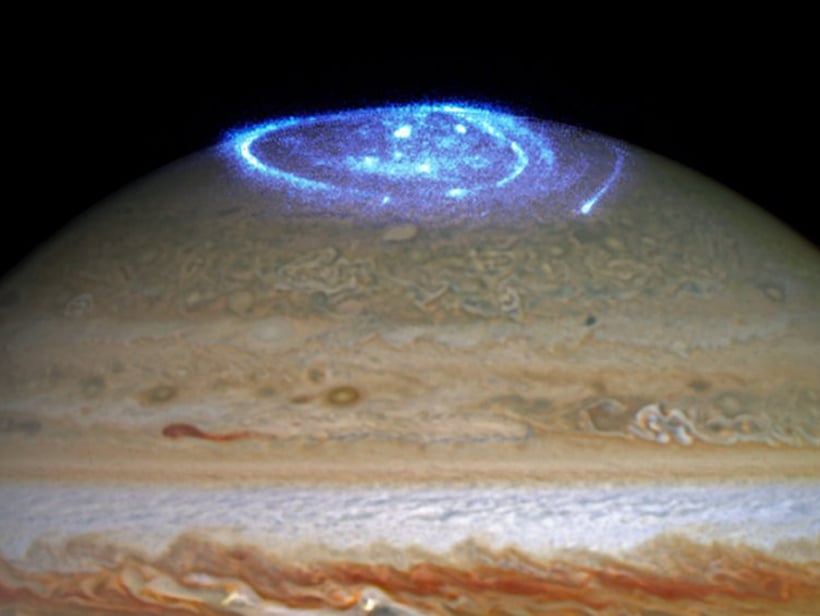 Auroras shine bright blue over Jupiter (Credit : NASA/ESA)
Auroras shine bright blue over Jupiter (Credit : NASA/ESA)